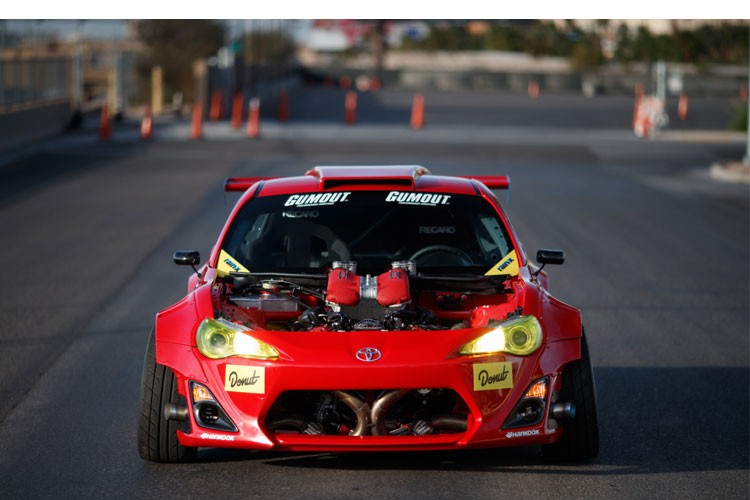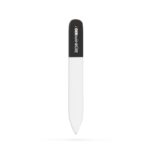Drifting, a motorsport demanding constant oversteer and precise car control, necessitates a unique suspension setup distinct from traditional racing. This guide delves into the intricacies of Drift Car Suspension Tuning, covering crucial aspects like camber, caster, toe, anti-roll bars, spring rates, roll centers, bump steer, and Ackermann geometry. Mastering these elements is paramount to achieving optimal performance and predictable car behavior on the drift track.
Camber: Maximizing Tire Contact During Drift
Unlike conventional racing, drift cars utilize extreme negative camber angles on the front wheels, typically ranging from -4 to -7 degrees. This compensates for the positive camber gain experienced by the lead wheel at maximum steering angle, ensuring optimal tire contact and minimizing understeer. Rear camber settings are usually around +1 degree to account for the significant negative camber gain induced by squat under power, maximizing traction during drifts. Fine-tuning rear camber involves analyzing tire wear patterns and adjusting accordingly for even wear across the tire width.
Caster and Toe: Enhancing Steering Response and Stability
High caster angles, typically between 5 and 12 degrees, are crucial for quick steering wheel return, enabling the rapid transitions characteristic of drifting. This facilitates steering inputs using throttle and clutch, commonly referred to as “steering from the rear.” Front toe settings are often driver-specific, ranging from neutral to 1mm toe-out per wheel. Rear toe-in, usually between 0.5 and 2mm per wheel, enhances grip under throttle, increasing with power levels but requiring careful consideration of drivetrain component strength.
Anti-Roll Bars: Balancing Oversteer and Traction
While less critical than in grip-focused motorsports, anti-roll bars influence oversteer and lateral load transfer in drift cars. Removing the front anti-roll bar, often overly stiff in road car-based drift builds, can enhance front-end grip. The rear anti-roll bar’s presence depends on power levels: lower-powered cars benefit from increased oversteer, while higher-powered cars may prioritize traction by removing it for a softer rear end and smoother transitions.
Spring Rates and Roll Centers: Optimizing Grip and Balance
Contrary to popular belief, competition drift cars often employ soft spring rates (10-12kg front, 8-10kg rear) to maximize tire contact and absorb track imperfections. Optimizing roll centers involves positioning the front roll center slightly higher than the rear for balanced handling. Fine-tuning may require adjusting suspension arm mounting points to achieve the desired weight transfer characteristics.
Bump Steer and Ackermann: Fine-tuning Steering Precision
Eliminating bump steer at the average steering angle used in drifting is crucial for consistent steering feel. This involves measuring and adjusting bump steer with the wheels turned, unlike traditional race car setups. Ackermann geometry preferences vary among drifters, with positive, neutral, and reverse Ackermann all finding use. Determining the optimal setting often requires experimentation to suit individual driving styles.
Building a Purpose-Built Drift Car: Key Considerations
Optimizing a drift car for competition involves several key considerations. A low and centralized center of gravity enhances balance and handling. Maximizing wheel travel, even with a lowered ride height, ensures optimal suspension performance. Aftermarket lock kits, such as those from Wisefab, provide adjustable front geometry, increased steering angle, and improved roll center correction. Rear suspension kits can further enhance performance by minimizing undesirable camber gain and bump steer.
In conclusion, drift car suspension tuning is a complex process requiring a deep understanding of vehicle dynamics and driver preferences. By meticulously adjusting each component and considering the interplay between them, drifters can achieve the precise balance of grip, oversteer, and predictability necessary to excel in this demanding motorsport.


